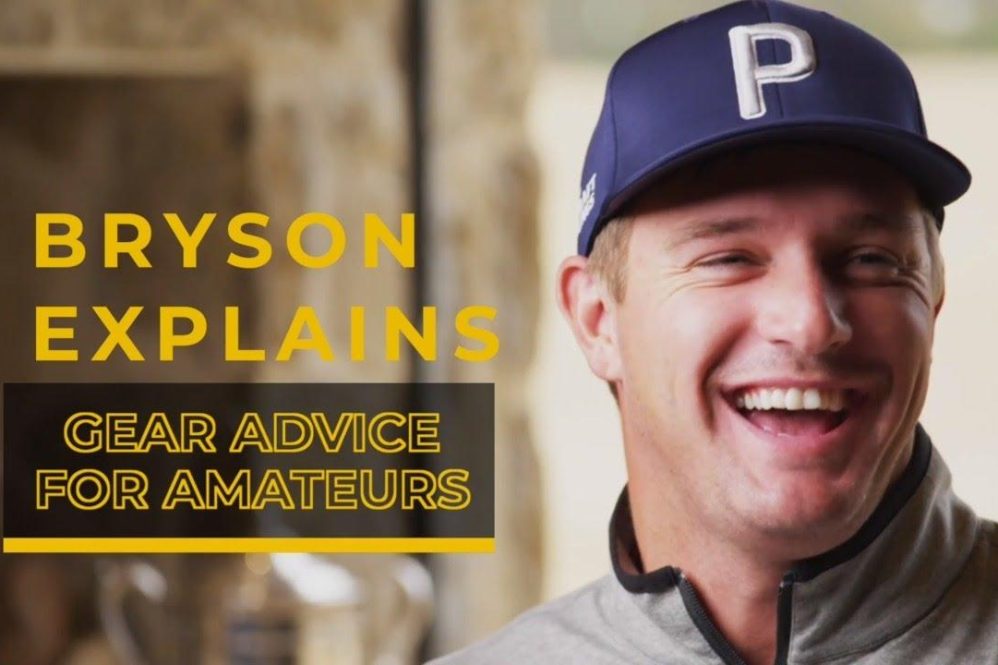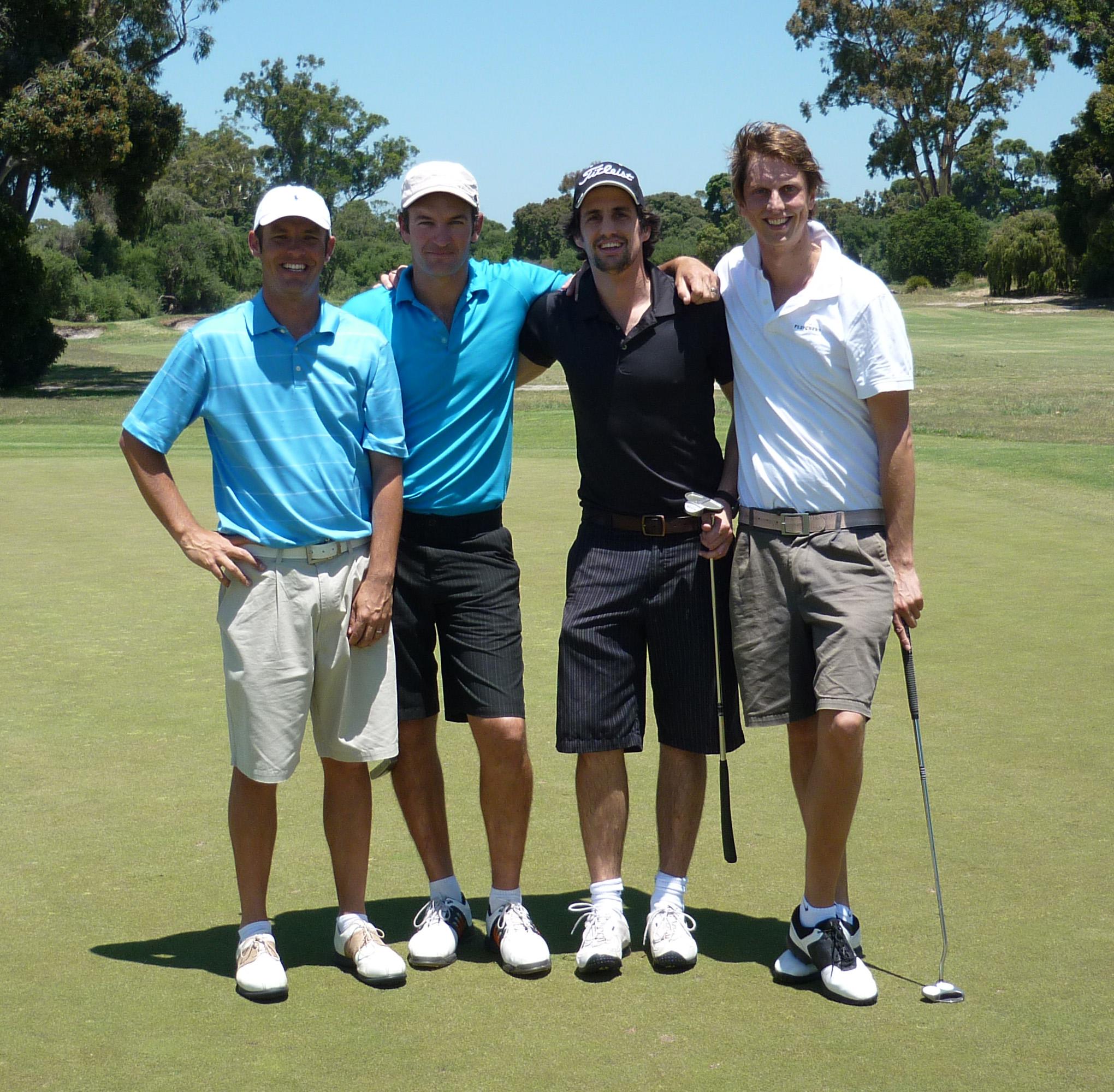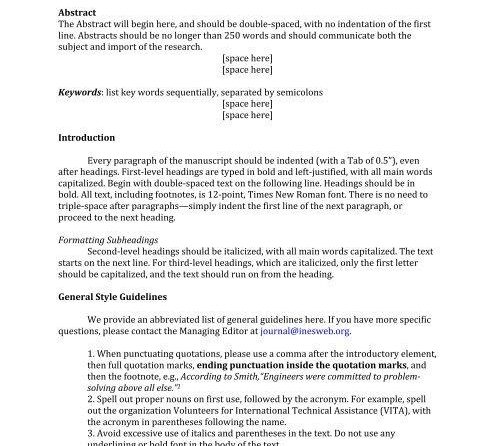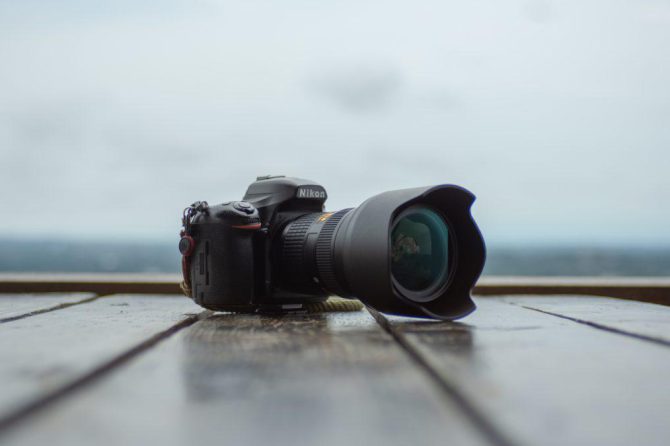Amateur Golfers’ Guide to Choosing Equipment: Unlocking Insights from Bryson DeChambeau’s Media Tour
In the world of golf, equipment selection plays a pivotal role in maximizing distance and performance on the course. Amateur golfers can draw inspiration from the recent insights shared by renowned player Bryson DeChambeau during a media tour. DeChambeau, known for his exceptional distance off the tee, has revealed key factors to consider when choosing clubs that suit individual swing speeds, launch angles, and spin rates. This blog post delves into the principles discussed by DeChambeau, empowering amateur golfers with the knowledge to make informed decisions about their equipment selection. By following these guidelines, golfers can unlock their true potential and drive the ball farther than ever before.
– Choosing the Right Shaft for Optimal Swing Speed
Choosing the Right Shaft for Optimal Swing Speed
Selecting the appropriate shaft is crucial for optimizing driver performance. Consider your swing speed when making this decision. For slower swing speeds, a lighter and more flexible shaft is suitable, allowing for greater clubhead speed and distance. If you have a faster swing, a stiffer shaft is recommended. It provides stability and control, helping to maximize launch angle and minimize dispersion. By matching the shaft’s flex to your swing speed, you can achieve an optimal balance of distance and accuracy.
| Swing Speed | Shaft Flex |
|—|—|
| Slow (Under 90 mph) | A & R |
| Moderate (90-105 mph) | Regular |
| Fast (105-120 mph) | Stiff |
| Very Fast (Over 120 mph) | X-Stiff |
– Matching Lofts and Spin Rates for Improved Distance Control
- Matching Lofts and Spin Rates for Improved Distance Control
- When choosing your equipment, it’s crucial to consider the relationship between loft and spin rate to optimize distance control. Understanding your unique swing characteristics, such as impact, launch angle, and spin rate, will help you select clubs that complement your swing and deliver consistent results. Clubs with lofts and spin rates that closely align with these characteristics will provide greater predictability and accuracy, allowing you to hit the ball with confidence and achieve the desired distance.
- Loft and spin rate play a significant role in determining how the ball will respond when struck. By matching these factors appropriately, you can optimize your distance control and maximize your potential on the course. Experiment with different loft and spin rate combinations to find the setup that produces the most consistent and desirable results for your swing.
– Optimizing Club Length and Design for Stability and Putt Performance
Club length and design play crucial roles in enhancing stability and putt performance. Bryson DeChambeau emphasizes the importance of tailoring club length to suit individual swing characteristics. By using clubs of uniform length but varying lofts, golfers can achieve greater consistency in impact dynamics and launch angles. This customized approach allows for a more efficient practice routine, enabling golfers to focus on perfecting their swing mechanics rather than adjusting to different club lengths.
Stability is paramount in ensuring accurate putts. DeChambeau advises golfers to opt for putters that promote stability through features such as high MOI (Moment of Inertia), arm-lock designs, or stiffer shafts. These elements contribute to a smoother and more repeatable stroke, regardless of the length of the putt. By prioritizing stability, golfers can enhance their putting accuracy and consistency, leading to improved scores on the greens.
– Incorporating Speed Training for Enhanced Distance
Incorporating Speed Training for Enhanced Distance
It is important to incorporate speed training into your practice routine if you are looking to gain distance. This type of training can help you to increase your clubhead speed, which will lead to longer drives. There are a number of different speed training exercises that you can do, so it is important to find one that works for you.
Here are a few examples of speed training exercises:
- Band training: This type of training involves using resistance bands to create resistance against your swing. This can help to increase your power and speed.
- Oversized club training: Hitting with an oversized club can help you to develop a faster swing.
- Plyometrics: This type of training involves jumping and explosively moving your body. Plyometrics can help to increase your power and speed.
It is important to start speed training gradually and to listen to your body. If you experience any pain or discomfort, stop the exercise and consult with a medical professional.
Bryson DeChambeau’s insights provide valuable guidance for golfers seeking to improve their equipment choices. By considering shaft characteristics, loft optimization, and club design that promotes stability, amateur golfers can fine-tune their arsenals and optimize their performance on the course. Whether striving for greater distance or enhanced accuracy, DeChambeau’s practical principles can help golfers unlock their golfing potential and conquer the challenges of the game.





